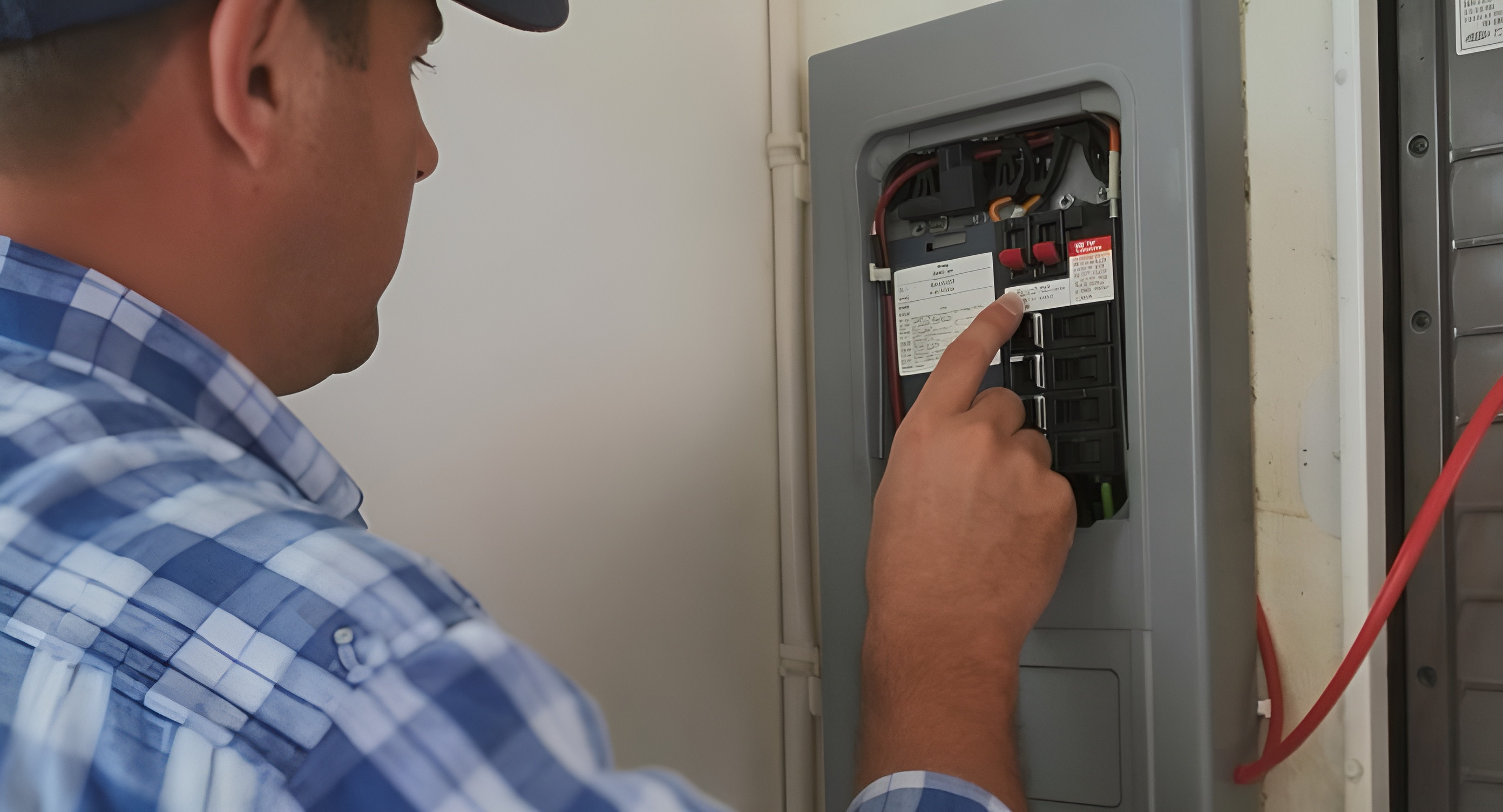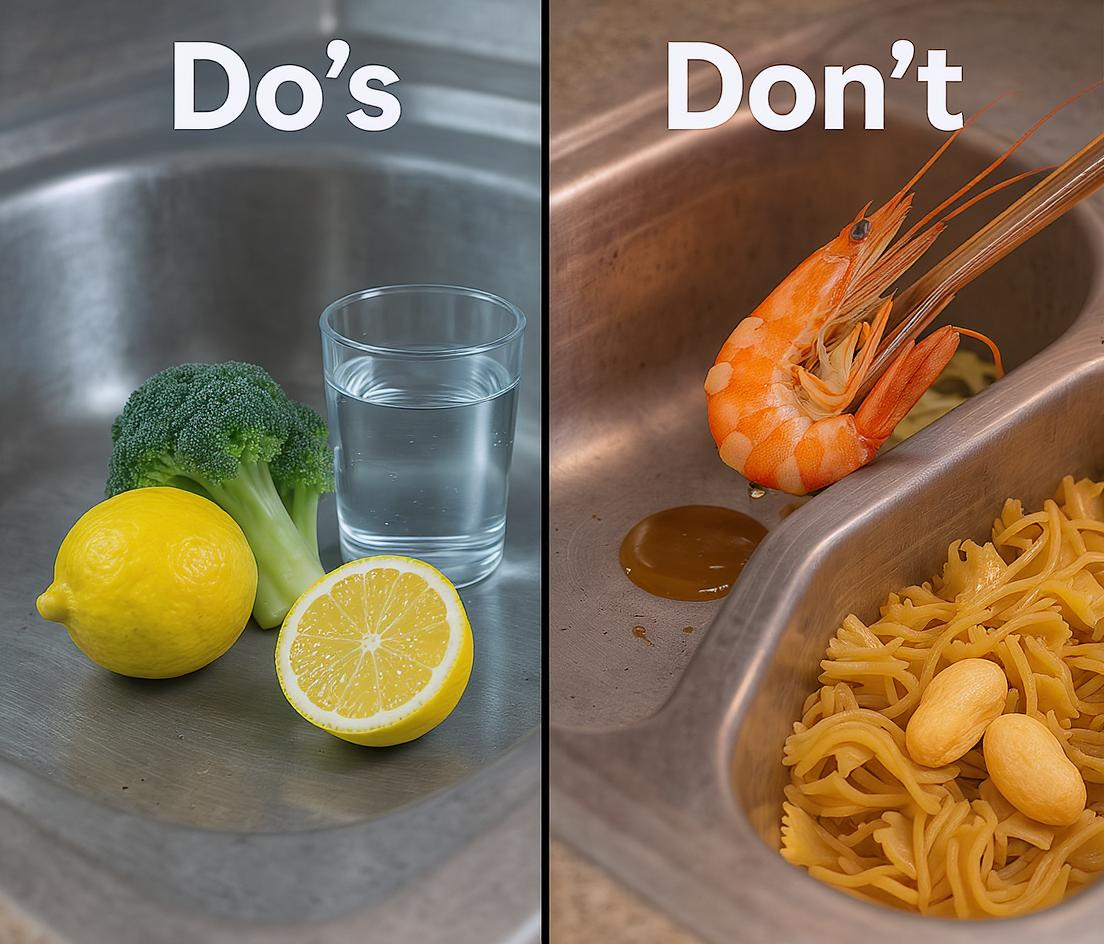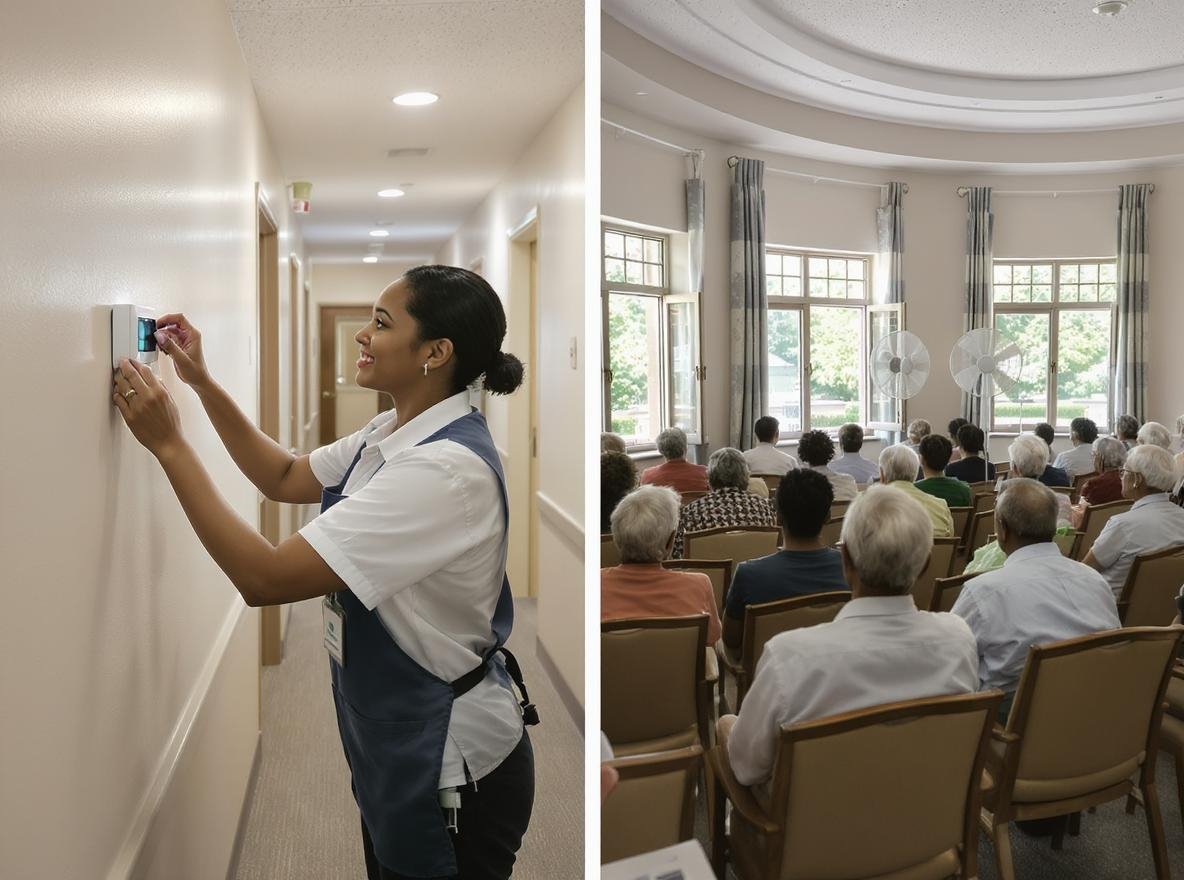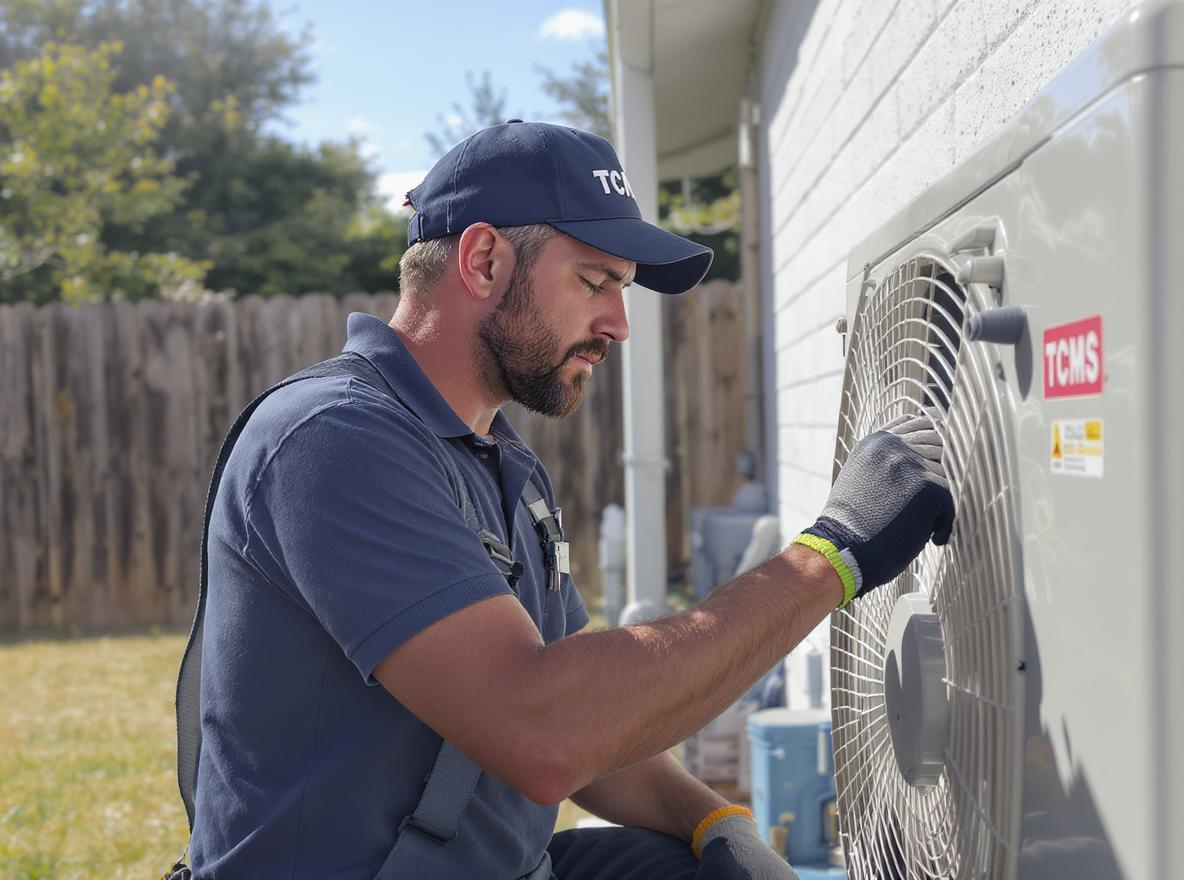An absorption heat pump is an HVAC device that provides heating just like any other heat pump. The main difference is that absorption heat pumps can run on natural gas instead of electricity.
If you’re considering an absorption heat pump for your commercial HVAC system, this article will help you understand how they work and if this is right for you.
What is an Absorption Heat Pump?
Absorption heat pumps are essentially air-source heat pumps driven - not by electricity - but by a heat source such as natural gas, propane, solar-heated water, or geothermal-heated water.
Because natural gas is the most common heat source for absorption heat pumps, they are also referred to as gas-fired heat pumps. There are also absorption (or gas-fired) coolers available that work on the same principle. Unlike some absorption heat pumps, however, these are not reversible and cannot serve as a heat source.
How do absorption heat pumps work?
Absorption heat pumps use an ammonia-water absorption cycle to provide heating and cooling. As in a standard heat pump, the refrigerant (in this case, ammonia) is condensed in one coil to release its heat; its pressure is then reduced and the refrigerant is evaporated to absorb heat.
If the system absorbs heat from the interior of your building, it provides cooling; if it releases heat to the interior of your interior, it provides heating.
The difference in absorption heat pumps is that the evaporated ammonia is not pumped up in pressure in a compressor, but is instead absorbed into water. A relatively low-power pump can then pump the solution up to a higher pressure.
The problem then is removing the ammonia from the water, and that's where the heat source comes in. The heat essentially boils the ammonia out of the water, starting the cycle again.
A key component in the units now on the market is generator absorber heat exchanger technology, or GAX, which boosts the efficiency of the unit by recovering the heat that is released when the ammonia is absorbed into the water.
Other innovations include high-efficiency vapor separation, variable ammonia flow rates, and low-emissions, variable-capacity combustion of the natural gas.
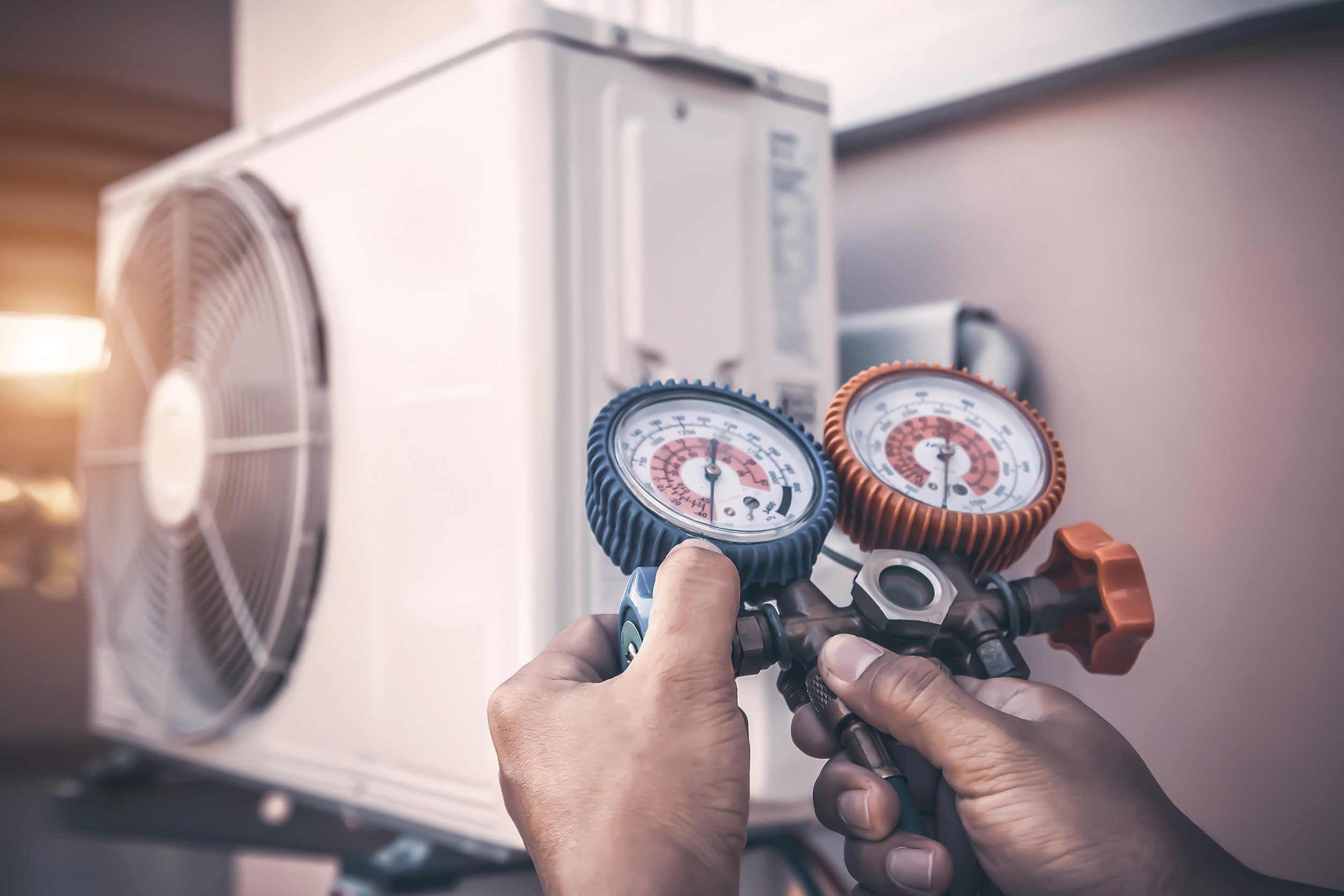
Absorption Coolers
Absorption coolers are mainly used in industrial or commercial settings. The 5-ton residential cooler systems currently available are only appropriate for homes on a scale of 4,000 square feet or more.
Absorption coolers and heat pumps usually only make sense in buildings without an electricity source, but they have an added advantage in that they can make use of any heat source, including solar energy, geothermal hot water, or other heat sources. They are also amenable to zoned systems, in which different parts of the building are kept at different temperatures.
The efficiency of air-source absorption coolers and heat pumps is indicated by their coefficient of performance (COP). COP is the ratio of either heat removed (for cooling) or heat provided (for heating) in Btu per Btu of energy input.
Upgrading Your HVAC Equipment
Absorption heat pumps can be used in the same types of applications as electric heat pumps, furnaces, and boilers, but they are most cost-effective when access to electricity is difficult or expensive.
Whether you’re designing a new system or looking to protect your existing HVAC/R equipment, finding the right HVAC/R service provider will ensure that your system operates at peak performance while extending the lifespan of your equipment and reducing emergency service calls.

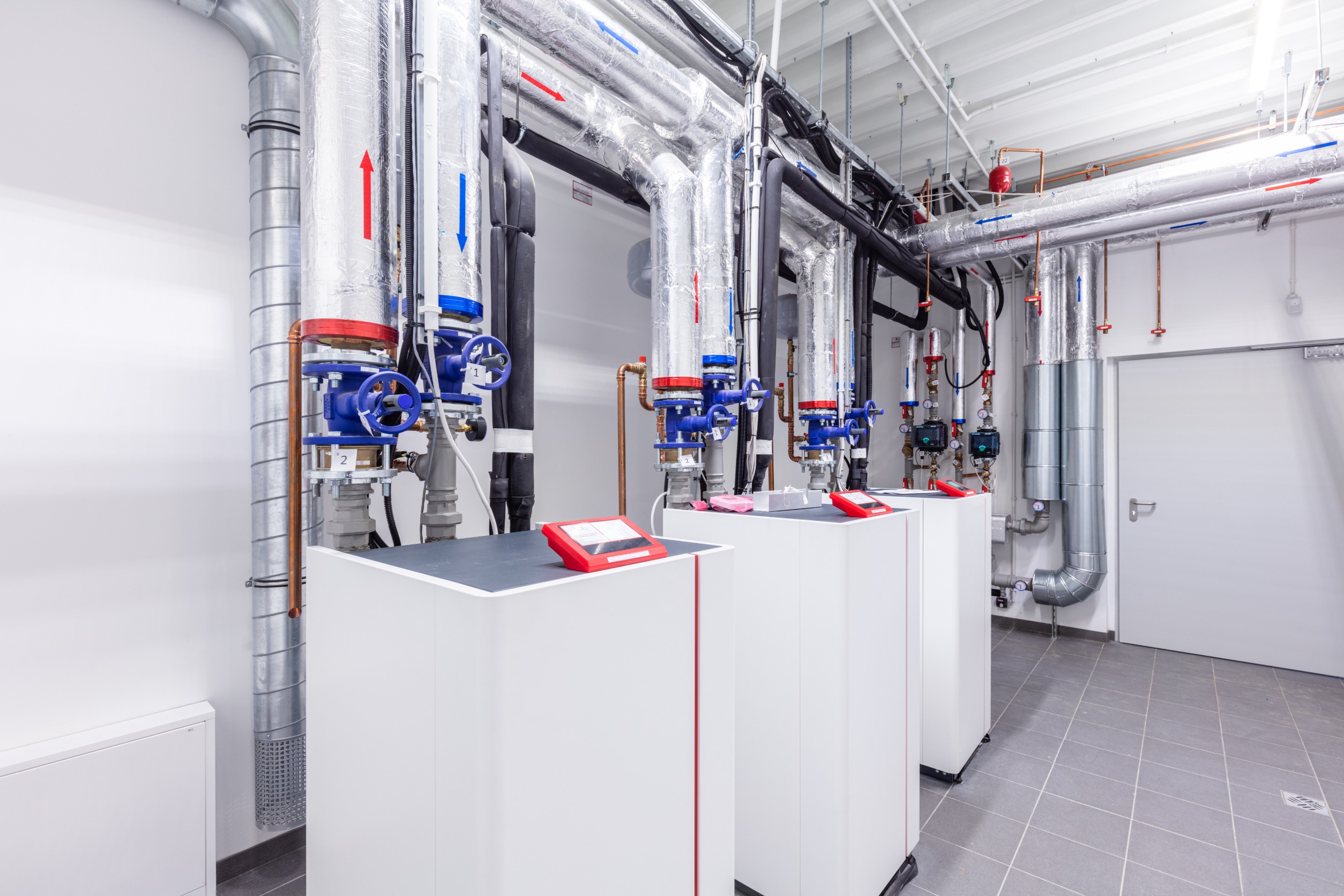


.png)
